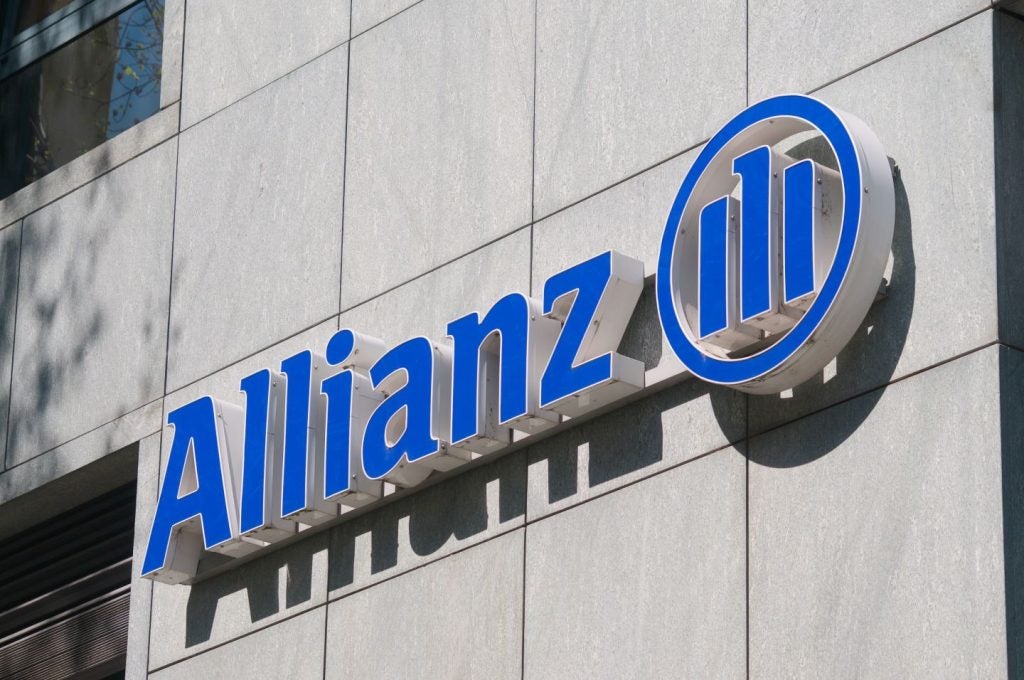At least five US life insurers hoping to get their share
of the federal Troubled Asset Relief Program have dropped out
during what has been a lengthy period of delay. Those left in line
have yet to receive clarity as to what share of the programme’s
remaining $110 million will come their way. Charles Davis
reports.
The game of musical chairs otherwise known as the Troubled Asset
Relief Program (TARP) may finally be winding down, and a handful of
US life insurers may well find a seat.
After a wild seven-month delay while the Treasury Department
weighed whether to provide bailout funds for eligible life
insurance companies, some of the insurers who initially expressed
interest in a bailout have changed their minds, while a few are
still very much in the game.
While some observers say the help generally would be good news for
the insurers involved, some clearly are thinking twice, having
watched as some banks that accepted federal aid already have begun
paying it back to escape limitations on executive pay and other
restrictions.
About a dozen life insurers, including The Hartford and Jackson
National, applied last autumn to obtain funds through the TARP. To
be considered, the insurers had to own thrift banking
institutions.
But even those who met the Treasury’s deadline for applying went
months without hearing whether their requests would be met.
How well do you really know your competitors?
Access the most comprehensive Company Profiles on the market, powered by GlobalData. Save hours of research. Gain competitive edge.

Thank you!
Your download email will arrive shortly
Not ready to buy yet? Download a free sample
We are confident about the unique quality of our Company Profiles. However, we want you to make the most beneficial decision for your business, so we offer a free sample that you can download by submitting the below form
By GlobalDataProvide aid for insurers
The Treasury Department confirmed on 7 April it has decided to
provide aid for insurers if they met the criteria for eligibility
of having a federally regulated affiliate. But, according to a
Treasury spokesperson, “nothing is imminent” in providing aid for
any particular insurance company.
In the meantime, the original list of 12 applicants has shrunk by
at least five insurers, and several other large insurers are also
expected to decline to participate.
Genworth Financial was the first TARP applicant to go, ruled
ineligible for the programme because its application to purchase a
federally regulated thrift was not processed by the deadline
established by Treasury.
Protective Life Corp dropped out days later because its contract to
buy a Florida bank holding company required it to buy the company
with TARP capital before 1 April. Then MetLife, the largest life
insurer in the US, announced it was no longer considering accepting
the aid.
In a statement, Metlife CEO C Robert Henrikson, said the company
decided it does not need to participate in TARP. Henrikson said
MetLife has about $5 billion in excess capital, a strong balance
sheet and leading market positions in both the group and individual
insurance businesses.
“We have therefore decided not to participate,” Henrikson said. “We
are confident we have the financial strength to continue to succeed
now and over the long term.”
Lincoln National also recently announced it was withdrawing from
another, separate, programme, the Temporary Liquidity Guarantee
Program. Lincoln has not commented on TARP since it announced in
November 2008 it had applied to participate.
Phoenix Companies also pulled its application to participate after
federal regulators took control of the life insurer’s recently
acquired savings and loan company. In order to comply with
programme requirements that only federally regulated, US-controlled
banks, savings associations and savings and loans could
participate, Phoenix moved to acquire Missouri-based American
Sterling Bank.
The US Office of Thrift Supervision approved that deal and the
company’s application to convert to a savings and loan holding
company in January. But then the Federal Deposit Insurance
Corporation was appointed as American Sterling’s receiver on 17
April, which Phoenix noted in a statement “effectively terminates
the acquisition”.
Earlier in April, Protective Life, which had Federal Reserve
approval to convert to a bank holding company, withdrew its
application after Florida-based acquisition target Bank of Bonifay
terminated a planned deal.
The remaining institutions that have applied, including The
Hartford, Principal, Prudential and Lincoln National, are seen as
more likely to accept the aid if provided. Other major US life
insurers that own federally regulated banks or thrifts include
Allstate Corp, Ameriprise Financial and Nationwide Financial, but
none of them have confirmed their application to participate in
TARP.
Fitch Ratings said recently the possible inclusion of life insurers
in TARP could be “a positive development for those eligible life
insurers and therefore could temper future downgrades if more
capital pressure develops than anticipated in current
ratings”.
Fitch believes government funding would provide a source of
financial flexibility not currently available in the capital
markets for life insurers. For life insurers, Fitch expects
government support could lead to some stabilisation of insurer
financial strength or policyholder ratings for those entities
receiving support.
$109.6bn remains
Treasury Secretary Tim Geithner noted in a letter published in
early-May to the TARP Congressional Oversight Panel that $109.6
billion remains in the $700 billion programme.
Those insurers who remain in the running for TARP now face a tough
choice: receiving federal aid would likely beef up an insurer’s
liquidity, but consumers may still want out of their policies, and
the investment community’s reaction is a great unknown. Then there
are the lessons learned by watching banks involved in the TARP
programme chafe under the Congressional scrutiny the bailout
brings.
Some of the remaining TARP candidates may have little choice but to
see the gambit to its end. Life insurance stocks have taken a
beating in the last year, falling nearly 60 percent in the 12
months to the end of April, 2009, according to data from Google
Finance, compared with a 40 percent drop in the S&P 500
composite index over that period.
As the value of their investment portfolios drop, many insurers
have seen their credit ratings downgraded as well, while their
regulatory capital needs are going up.
Continuing investment losses, combined with large sums in
guaranteed payments due on variable annuity contracts, and
substantial exposure to commercial mortgage backed securities, are
lingering challenges for many companies in the industry, including
all of the remaining TARP players.







